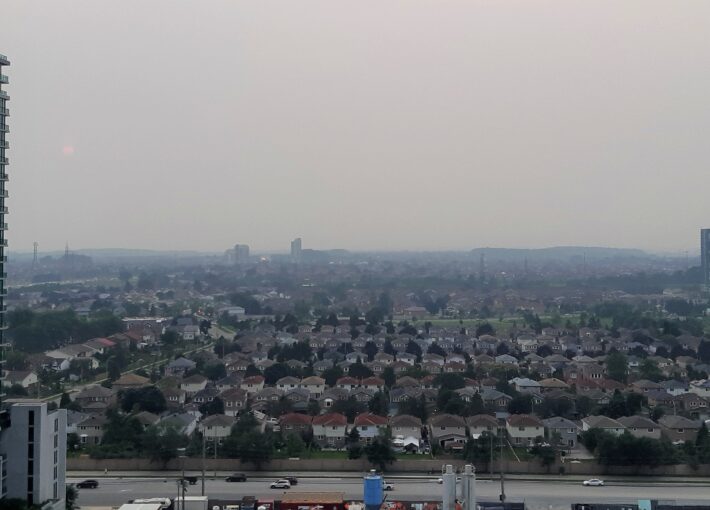
Resources
Showing results 1-12 of 36 Resources
Mainstreaming Climate Risk Assessment After experiencing the impacts of climate change first-hand with a flood and ice storm in 2013 negatively affecting infrastructure and passenger experiences, Metrolinx implemented the PIEVC…
Stormwater Source Control Practices Calstone Inc. Is a local industrial furniture manufacturer located in Toronto. Calstone Inc. is known for its strong commitment to environmental stewardship and to the local…
Their Affordable Smart Blue Roof: Enviro-Stewards Head Office Located in Elmira, Ontario, Enviro-Stewards‘ Affordable Smart Blue Roof (ASBR) system completed in June 2021 serves multiple functions for their building, including…
Expanding and Diversifying Supply Chain, Storage and Packaging Handi Foods is a privately owned bakery in the Greater Toronto Area who embarked on their sustainability journey a few years ago,…
A “Small City” – Scale Stormwater Management and Energy Storage The Greater Toronto Airports Authority owns, operates and maintains the Toronto Pearson airport. Basically, a small city, the GTAA employs…
Fuel Switching for the Environment and Employee Well-Being Although a small business, Algood Caster Innovations is Canada’s largest caster manufacturer. Climate change issues like supply chain disruptions and carbon taxes…
Once risks have been analyzed and quantified, they can then be evaluated and prioritized. This part of the risk assessment process involves evaluating the risks based on their magnitude and…
The final stage of the climate change risk assessment process involves regularly monitoring and reviewing the climate change risks an organization faces as well as the effectiveness of their selected…
After identifying priority risks, there are several strategies that can be implemented. This depends on how an organization views climate change and the associated risks for their business. There are…
Once the risk assessment boundaries have been determined and potential risks have been identified, risks may be quantified and analyzed further to determine how they may manifest for an organization….
The identification and scoping of climate risks involves first defining the boundaries and criteria for the risk assessment. This determines which areas of an organization are included and excluded from…
A relatively low-cost/no-cost climate change mitigation strategy involves behaviour change. Human consumption patterns, particularly in developed nations, are highly GHG intensive. In 2019, the average per capita GHG emissions in…




